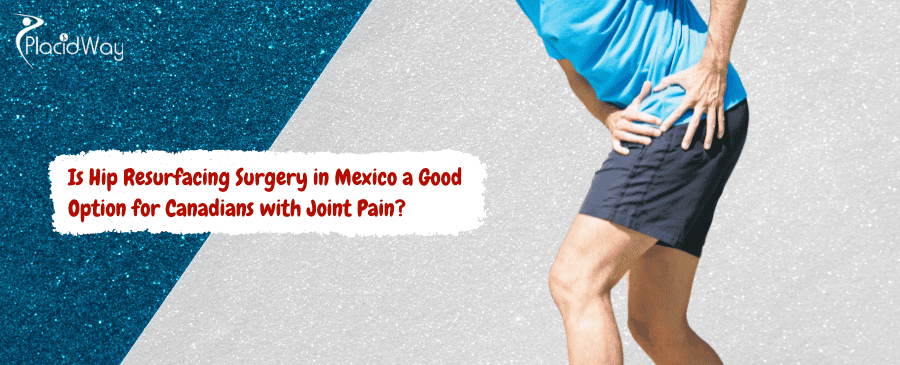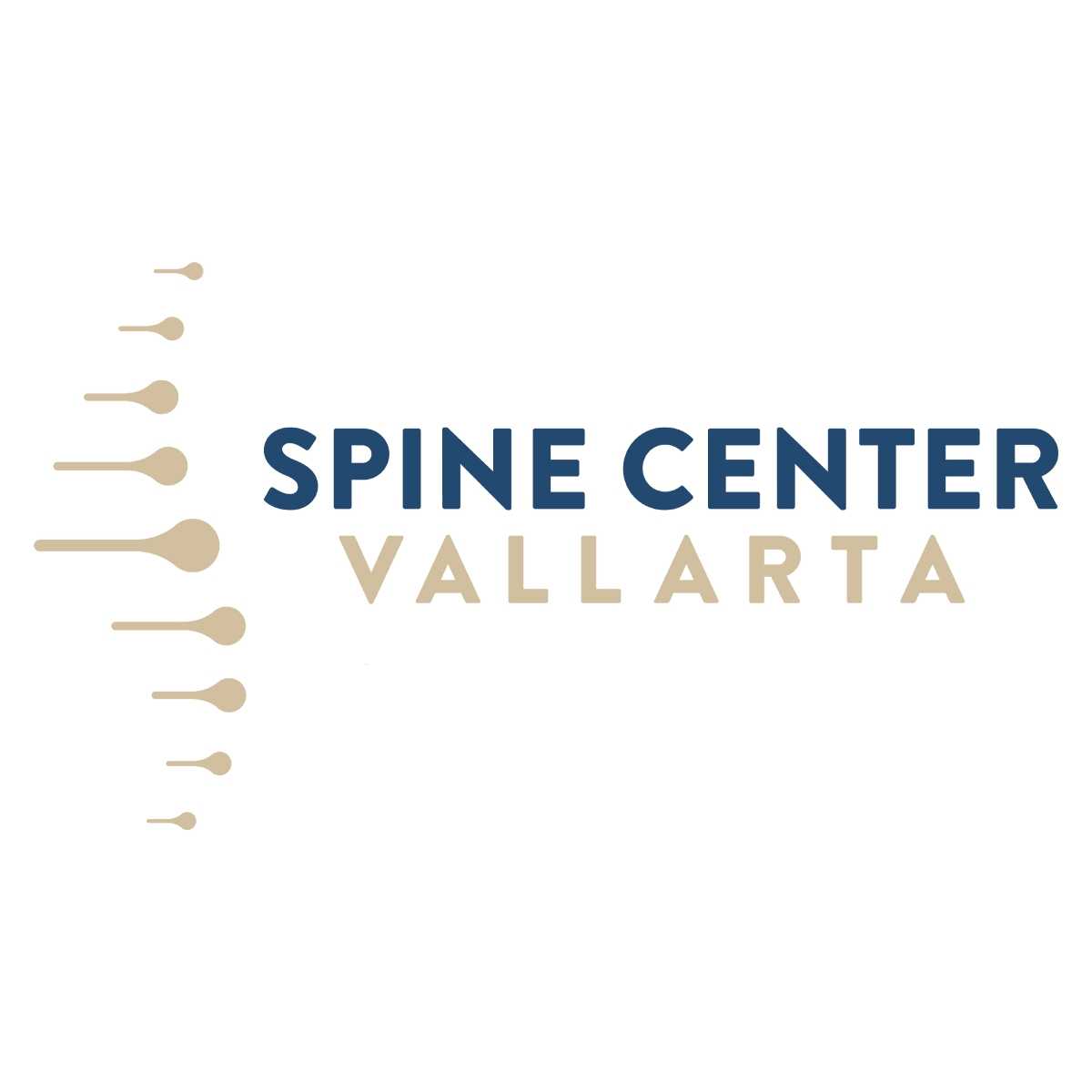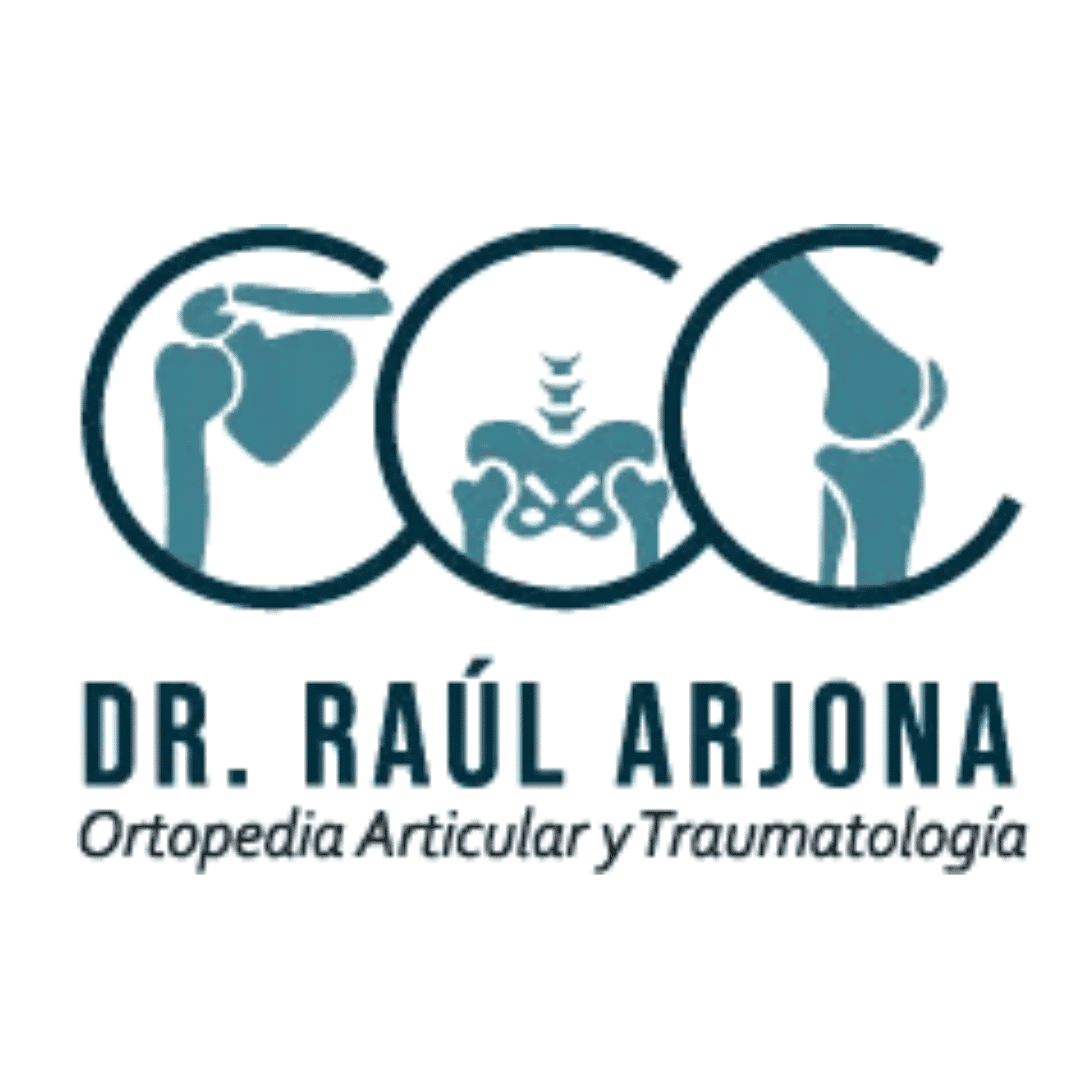Affordable Hip Surgery in Mexico | A Guide for Canadians

Living with chronic hip pain can be a debilitating experience, affecting every aspect of your life. For many Canadians, the thought of a long wait for surgery within the public healthcare system can be disheartening. This has led a growing number of individuals to explore medical tourism, with a keen eye on destinations like Mexico. If you're a Canadian suffering from joint pain, you might be wondering if hip resurfacing surgery in Mexico is a good and safe option. The answer, for many, is a resounding yes.
This comprehensive guide is designed to address the many questions and concerns you may have. We'll delve into the specifics of the procedure, compare costs and wait times with Canada, examine the quality of care and safety standards in Mexico, and provide insights into the entire process, from initial consultation to post-operative recovery. Our goal is to provide you with the information you need to make an empowered decision about your health and well-being. Opting for surgery in another country is a significant decision, and being well-informed is the first step toward a successful outcome and a future with reduced pain and improved mobility.
What is Hip Resurfacing and How Does it Differ from a Total Hip Replacement?
Understanding the distinction between hip resurfacing and a total hip replacement is crucial, especially for younger, more active patients. In a total hip replacement, the entire femoral head and neck are removed and a stem is inserted into the femur. This is a highly effective procedure, but it involves more significant bone removal.
Hip resurfacing, on the other hand, is a more conservative approach. The surgeon only removes the damaged cartilage and a small amount of bone from the surface of the femoral head, preserving the femoral neck. A smooth metal cap is then fitted over the reshaped head. The socket portion of the joint (the acetabulum) is also prepared and fitted with a metal cup. This procedure is often favored for its potential to allow for a more natural range of motion and a lower risk of dislocation, making it an appealing option for those who wish to return to a more active lifestyle.
Why are Canadians Increasingly Considering Hip Surgery in Mexico?
The Canadian healthcare system is renowned for its quality, but it's not without its challenges. One of the most significant hurdles for patients needing orthopedic surgery is the lengthy wait times. In some provinces, the wait for a hip replacement can be many months, or even over a year. For someone living in constant pain, this delay can have a severe impact on their quality of life. Mexico offers a compelling alternative where a patient can often schedule their surgery within a few weeks of their initial consultation.
Another major factor is the cost. While Canadians have access to publicly funded healthcare, there can be out-of-pocket expenses, and for those considering private surgery in Canada to avoid the wait, the cost can be prohibitive. The cost of hip resurfacing surgery in Mexico is substantially lower than in Canada, making it a financially viable option for many. This combination of affordability and accessibility is a powerful motivator for Canadians to look south of the border for their medical needs.
How Much Does Hip Resurfacing Surgery Cost in Mexico Compared to Canada?
The cost savings are a significant advantage for Canadians choosing to have surgery in Mexico. The lower price point is not a reflection of lower quality but is due to a combination of factors, including lower overhead costs, a different medical malpractice insurance landscape, and a more competitive healthcare market for international patients. Many Mexican hospitals offer all-inclusive packages that cover the surgeon's fees, hospital stay, anesthesia, pre-operative tests, and sometimes even ground transportation and accommodation. This transparency in pricing helps patients budget effectively for their medical journey.
When comparing costs, it's essential to consider all associated expenses, including flights, accommodation, and any post-operative care that might be required. However, even with these additional costs, the overall expense of having hip resurfacing surgery in Mexico is often significantly less than the out-of-pocket cost for a private procedure in Canada.
Is it Safe to Get Hip Resurfacing Surgery in Mexico?
The idea of having surgery in a foreign country can understandably raise safety concerns. However, the medical tourism industry in Mexico is well-established and caters to a large number of international patients, including many from Canada and the United States. The top hospitals in popular medical tourism destinations like Cancun, Tijuana, and Guadalajara are often state-of-the-art facilities with the latest medical technology.
Many of these hospitals have received accreditation from international bodies like the Joint Commission International (JCI), which is considered the gold standard in global health care. This accreditation signifies that the hospital meets rigorous standards for patient safety and quality of care. Furthermore, many of the orthopedic surgeons in Mexico have received training in the United States or Europe and are highly experienced in performing hip resurfacing and other joint replacement procedures.
What are the Qualifications of Orthopedic Surgeons in Mexico?
The qualifications and experience of your surgeon are paramount, regardless of where you have your surgery. In Mexico, the path to becoming an orthopedic surgeon is a long and demanding one. Many of the top surgeons catering to international patients are board-certified and members of national and international orthopedic associations. It is common for these surgeons to be bilingual, which facilitates clear communication with their Canadian patients.
Before choosing a surgeon, you should do thorough research. Reputable medical tourism facilitators and hospitals will readily provide information about a surgeon's credentials, including their education, training, board certifications, and experience with hip resurfacing surgery. It is also advisable to read patient reviews and testimonials to get a better sense of other patients' experiences.
How Do I Find a Reputable Hospital for Hip Surgery in Mexico?
Choosing the right hospital is a critical step in planning your medical journey. Look for hospitals that have a dedicated international patient department, as they will be experienced in handling the unique needs of medical tourists. These departments can assist with everything from coordinating medical records to arranging for translation services if needed.
Some of the most well-regarded hospital groups in Mexico with a strong focus on medical tourism include Angeles Hospitals, Christus Muguerza, and Star Médica. These hospitals are known for their modern facilities, advanced medical technology, and commitment to patient-centered care. When researching hospitals, look at their websites, check for patient testimonials, and don't hesitate to ask for information about their success rates and infection control protocols for orthopedic surgeries.
What Should I Expect During the Consultation Process?
The initial consultation is a crucial opportunity to get to know your potential surgeon and ask any questions you may have. Most reputable surgeons in Mexico who cater to international patients will offer a free virtual consultation via video call or phone. During this consultation, the surgeon will discuss your symptoms, review your medical history, and explain the proposed surgical plan in detail.
This is your chance to ask specific questions about the procedure, the type of implant that will be used, the expected recovery timeline, and any potential risks or complications. A good surgeon will take the time to address all of your concerns and ensure that you feel comfortable and confident in their care. You should also receive a detailed cost estimate at this stage, outlining everything that is included in the surgical package.
How do I Arrange for Travel and Accommodation in Mexico?
The logistics of traveling to another country for surgery can seem daunting, but many medical tourism providers in Mexico have streamlined the process to make it as easy as possible for their patients. When you book a surgical package, it will often include services like airport pickup and drop-off, as well as transportation to and from your pre-operative and post-operative appointments.
Accommodation is also often included in these packages, with the hospital arranging for you to stay in a nearby hotel that is comfortable and convenient for your recovery. Some packages may even include a stay in a recovery-focused hotel or a serviced apartment with access to nursing care. It is important to clarify what is included in your package and to make any necessary arrangements for your flights and any additional accommodation you may need.
What is the Recovery Process Like After Hip Resurfacing in Mexico?
Your recovery will begin immediately after surgery in the hospital, where you will be monitored closely by the medical team. Pain medication will be provided to keep you comfortable, and you will likely begin working with a physical therapist within a day or two of your surgery. The physical therapist will teach you exercises to help you regain your strength and mobility.
After being discharged from the hospital, you will continue your recovery at your hotel. It is important to follow your surgeon's instructions carefully during this time, including any restrictions on activities and your physical therapy regimen. The warm climate of many Mexican destinations can be a pleasant environment for recovery, and many patients find that they are able to relax and focus on their healing. Before you travel back to Canada, you will have a final follow-up appointment with your surgeon to ensure that you are healing well and that it is safe for you to fly.
How Do I Manage Follow-Up Care Once I Return to Canada?
A common concern for Canadians who have surgery abroad is the continuity of care once they return home. It is essential to have a plan in place for your follow-up care. Your Mexican surgeon will provide you with all the necessary documentation to share with your Canadian healthcare providers. This will include details about the surgery, the type of implant used, and any specific recommendations for your recovery.
You will need to continue with physical therapy in Canada to ensure the best possible outcome from your surgery. Your family doctor can refer you to a physical therapist, or you can find one on your own. It is also a good idea to have a follow-up appointment with an orthopedic surgeon in Canada at some point to monitor the long-term health of your new hip.
What are the Potential Risks and Complications of Hip Resurfacing Surgery?
It is important to be aware of the potential risks associated with any surgical procedure. The risks of hip resurfacing surgery are generally low, especially when performed by an experienced surgeon in a high-quality facility. However, it is crucial to have an open conversation with your surgeon about these risks and how they are mitigated.
Your surgeon will take precautions to minimize the risk of complications, such as administering antibiotics to prevent infection and prescribing blood thinners to reduce the risk of blood clots. It is also important for you to follow all pre-operative and post-operative instructions carefully to help ensure a smooth and successful recovery.
What is the Success Rate of Hip Resurfacing Surgery in Mexico?
The success of your hip resurfacing surgery will depend on a number of factors, including your overall health, the severity of your joint damage, and your adherence to the post-operative rehabilitation program. When performed by a skilled surgeon using high-quality implants, hip resurfacing has a very high success rate.
Most patients who undergo this procedure experience a dramatic reduction in pain and a significant improvement in their ability to perform daily activities. Many are able to return to a more active lifestyle, including recreational sports. When researching surgeons and hospitals in Mexico, you can inquire about their specific success rates and patient satisfaction data for hip resurfacing procedures.
What Kind of Anesthesia is Used for Hip Resurfacing Surgery?
The type of anesthesia used for your surgery will be determined by the anesthesiologist in consultation with your surgeon, based on your medical history and personal preferences. The anesthesiologist will meet with you before your surgery to discuss your options and answer any questions you may have.
The anesthesia team will monitor you closely throughout the procedure to ensure your safety and comfort. After the surgery, they will also manage your post-operative pain to help you have a smooth and comfortable recovery.
How Long Will I Need to Be Off Work After Hip Resurfacing Surgery?
It is important to discuss your return-to-work timeline with your surgeon. They will be able to give you a more specific recommendation based on your individual circumstances. It is also a good idea to talk to your employer before your surgery to make any necessary arrangements for your time off.
During your recovery, it is important to listen to your body and not push yourself too hard. Returning to work too soon could jeopardize your recovery and increase your risk of complications. Your surgeon and physical therapist will guide you on when it is safe to return to your normal activities, including work.
Can I Choose the Type of Implant Used in My Hip Resurfacing Surgery?
There are different types of hip resurfacing implants available, made from various materials like metal-on-metal or ceramic-on-metal. Your surgeon will choose the implant that they have the most experience with and that has a proven track record of success. They will consider factors like your age, activity level, and bone quality when making their decision.
It is important to have a discussion with your surgeon about the implant they recommend and to ask any questions you may have about its long-term durability and performance. You can also ask for the specific brand and model of the implant that will be used for your records.
Ready to explore your options for affordable, high-quality hip resurfacing surgery in Mexico?Explore PlacidWay to connect with a network of world-class hospitals and experienced orthopedic surgeons who can help you on your journey to a pain-free life.


.png)














Share this listing